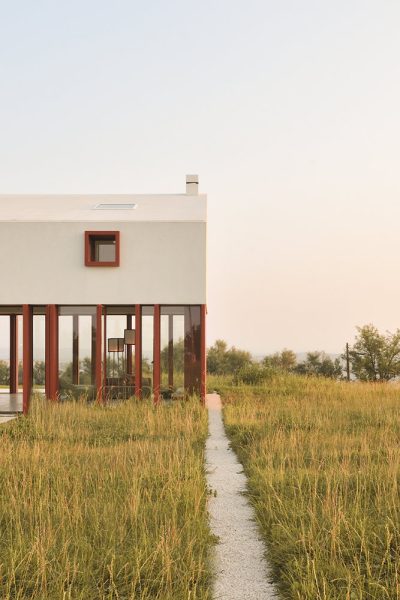Natural architecture is a design philosophy that aims to harmonize human-made structures with the natural environment. This approach to architecture takes inspiration from nature and strives to create buildings that seamlessly blend into their surroundings, rather than standing out as artificial structures. Natural architecture is based on the idea that humans and nature are not separate entities, but rather an interconnected system.
At its core, natural architecture is concerned with sustainability and the use of environmentally friendly materials. This means that natural architects focus on using materials that are locally sourced and renewable, such as bamboo, wood, and clay. Additionally, they incorporate energy-efficient systems and passive design strategies to reduce the building’s energy consumption and carbon footprint.
The concept of natural architecture dates back to ancient times, when people built structures using local materials and adapted their designs to the local climate and terrain. For example, in hot and arid regions, people built houses with thick walls made of adobe, a material that helps to regulate the interior temperature by absorbing and releasing heat. Similarly, in regions prone to earthquakes, people built houses with flexible materials that could withstand tremors.
In the modern era, natural architecture gained renewed attention with the rise of the environmental movement and the growing concern over climate change. Architects and designers began to experiment with new materials and technologies that could make buildings more sustainable and energy-efficient. One of the most notable examples of natural architecture is the work of the American architect Frank Lloyd Wright, who designed buildings that were in harmony with their surroundings and used natural materials such as stone and wood.
Today, natural architecture continues to evolve and grow as architects and designers seek to create buildings that are not only functional but also aesthetically pleasing and sustainable. One of the key principles of natural architecture is biomimicry, which involves taking inspiration from the natural world and applying its principles to design. For example, architects might look to the structure of a leaf or the shape of a bird’s nest for inspiration in designing a building’s form.
Another important aspect of natural architecture is the use of natural light and ventilation. Rather than relying on artificial lighting and air conditioning systems, natural architects aim to incorporate large windows, skylights, and other features that allow natural light to enter the building and fresh air to circulate. This not only reduces energy consumption but also creates a healthier and more comfortable indoor environment


In conclusion, natural architecture is a design philosophy that seeks to create buildings that are in harmony with the natural environment. This approach to architecture is based on sustainability, the use of renewable materials, and the incorporation of energy-efficient systems and passive design strategies. As the world continues to face environmental challenges, natural architecture is likely to become even more important in shaping the buildings and cities of the future.